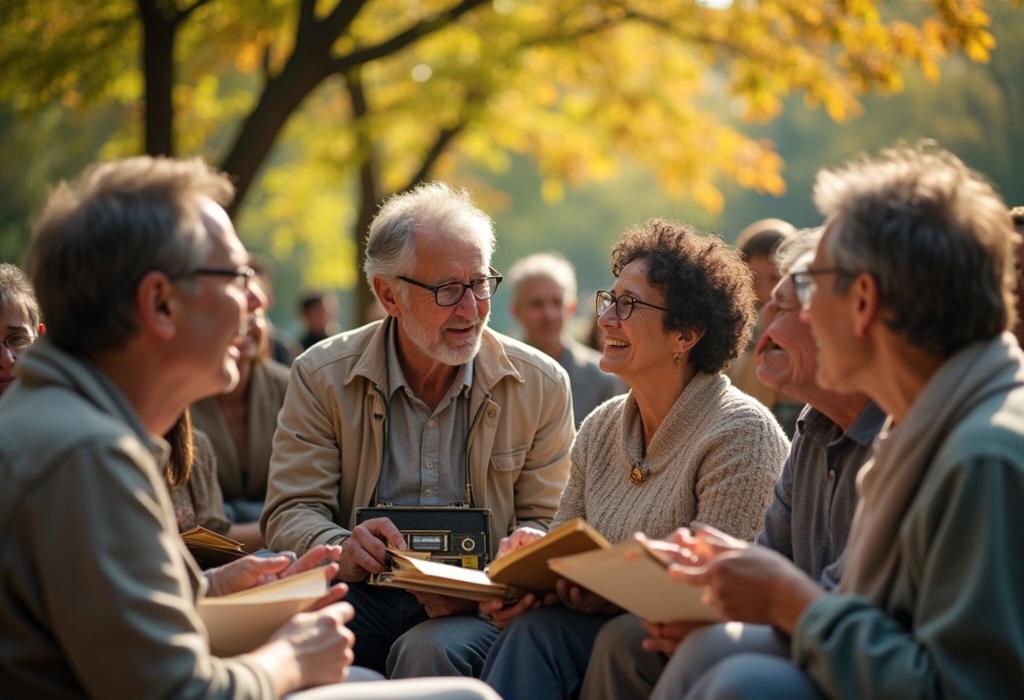For more details on this content, please review the step-by-step guide and frequently asked questions.
Hidden Treasures: Locations That Shaped Civilizations

Step-by-Step Guide
Understanding the Concept of Civilization
To explore hidden treasures, we must first understand what a civilization is. A civilization is a complex society characterized by elements such as permanent settlements, social stratification, organized governance, and economic systems, which support a diverse culture and technological advancement.
Identifying Key Factors of Civilization Development
Civilizations often emerge in areas with fertile land, abundant resources, and access to water. Key factors include geography, agriculture, trade routes, and the ability to form organized governments.
Exploring Mesopotamia: The Cradle of Civilization
Mesopotamia, located between the Tigris and Euphrates rivers, is considered the birthplace of civilization. It introduced writing, the wheel, and complex urban centers like Ur and Babylon. Investigate the Ziggurats and the first code of laws created by Hammurabi.
The Nile Valley and Ancient Egypt
The Nile River's annual flooding provided fertile soil for agriculture. Explore how ancient Egyptians built monumental structures such as the Pyramids of Giza, which display engineering ingenuity and serve as tombs for pharaohs, shaping their religious beliefs and societal structure.
Indus Valley Civilization: A Remarkable Urban Center
The Indus Valley Civilization, with major sites like Harappa and Mohenjo-Daro, showcased advanced urban planning and sanitation systems. Learn about their scripted language, trade networks, and how their decline remains partially a mystery.
Ancient China: The Dynastic Cycle
Explore how the Yellow River gave rise to Chinese civilization, with notable dynasties like the Shang and Zhou. Investigate the significance of inventions like papermaking, compass navigation, and the Great Wall, which defended against invasions.
The Ancient Mesoamericans: Olmecs and Mayans
Discover how civilizations like the Olmecs and Mayans thrived in Mesoamerica. Examine their advances in mathematics, astronomy, and intricate calendar systems, as well as the cultural significance of their impressive pyramids.
Recognizing the Significance of Trade Routes
Trade routes, such as the Silk Road and the Trans-Saharan routes, were key to the exchange of goods, ideas, and culture. Explore how these connections shaped economies and relationships among civilizations.
Role of Religion in Shaping Societies
Religious beliefs were fundamental in shaping the morals, laws, and social structures of civilizations. Discuss the impact of religions like Hinduism, Buddhism, Christianity, and Islam, and their contributions to art and architecture.
Rediscovering the Hidden Treasures
Archaeological efforts continue to uncover lost cities, artifacts, and structures that narrate the human story. Investigate how these discoveries provide insights into civilization's accomplishments, failures, and shared heritage.
Preserving Historical Sites and Artifacts
Encourage the preservation and protection of archaeological sites through legislation and community involvement to ensure that future generations can learn from these hidden treasures.
The Legacy of Civilizations
Conclude by examining the ongoing influence of ancient civilizations on modern culture, governance, technology, and societal structures across the globe.








